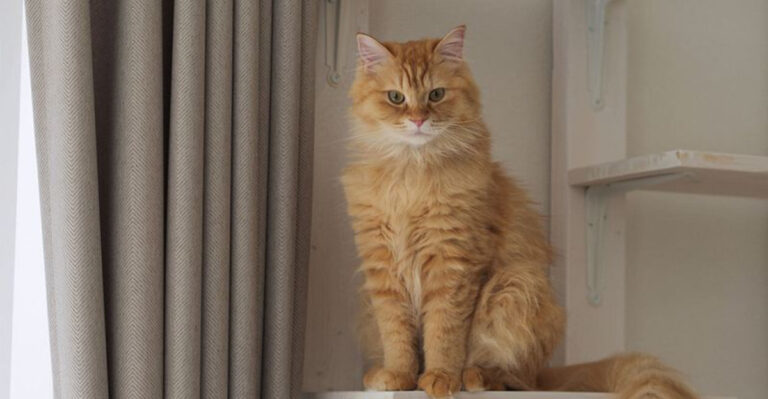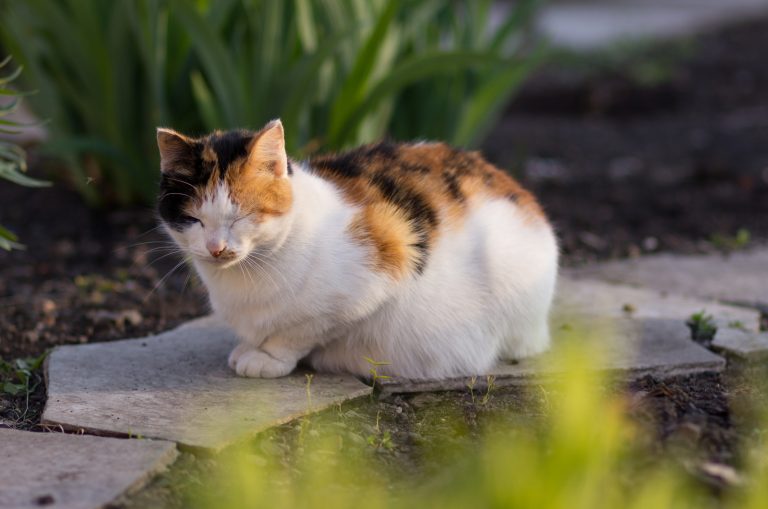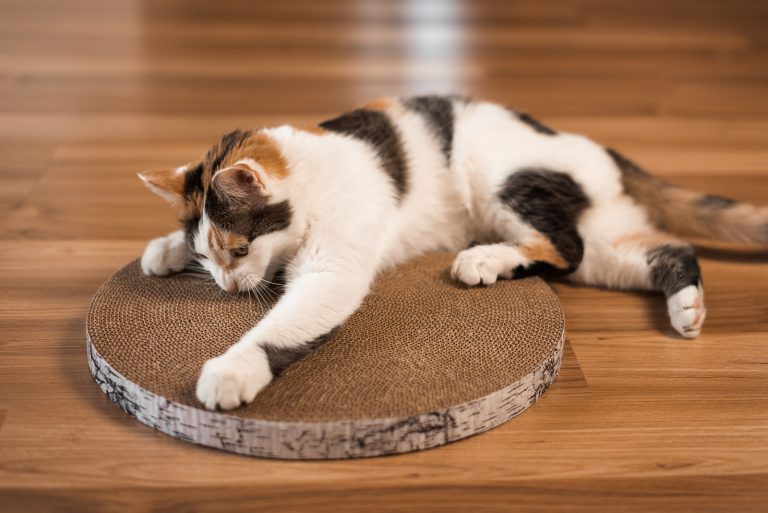Can You Put Neosporin On A Cat? Is It Safe Or Not?

Cats can sustain wounds in a variety of ways.
Some common causes of wounds in cats include fights with other animals, injuries from falls or accidents, and injuries from sharp objects or objects stuck in the skin.
Using your at-home first-aid kit seems reasonable enough if your feline friend has sustained a wound. You probably have Neosporin in your medicine cabinet, but can you put Neosporin on a cat?
Let me give you a straight-up answer: Although it’s technically safe to use Neosporin on cats, it’s not recommended.
In this article, I will go over why you should avoid giving Neosporin to cats, what that is, and what your alternatives are. Let’s jump right in!
Can You Put Neosporin On A Cat?

The ultimate question is: Is Neosporin safe for cats? However, the answer is more complex than yes or no.
It is generally not recommended to use Neosporin on cats.
Neosporin is a topical ointment used to treat minor cuts, scrapes, tiny puncture wounds, and burns in humans. It contains antibiotics that can harm cats if ingested or used on large areas of their skin.
Additionally, cats tend to lick any substance applied to their fur, which could cause them to ingest Neosporin and potentially experience adverse effects.
It is also possible for a cat to experience an allergic reaction to Neosporin.
What Precisely Is Neosporin?
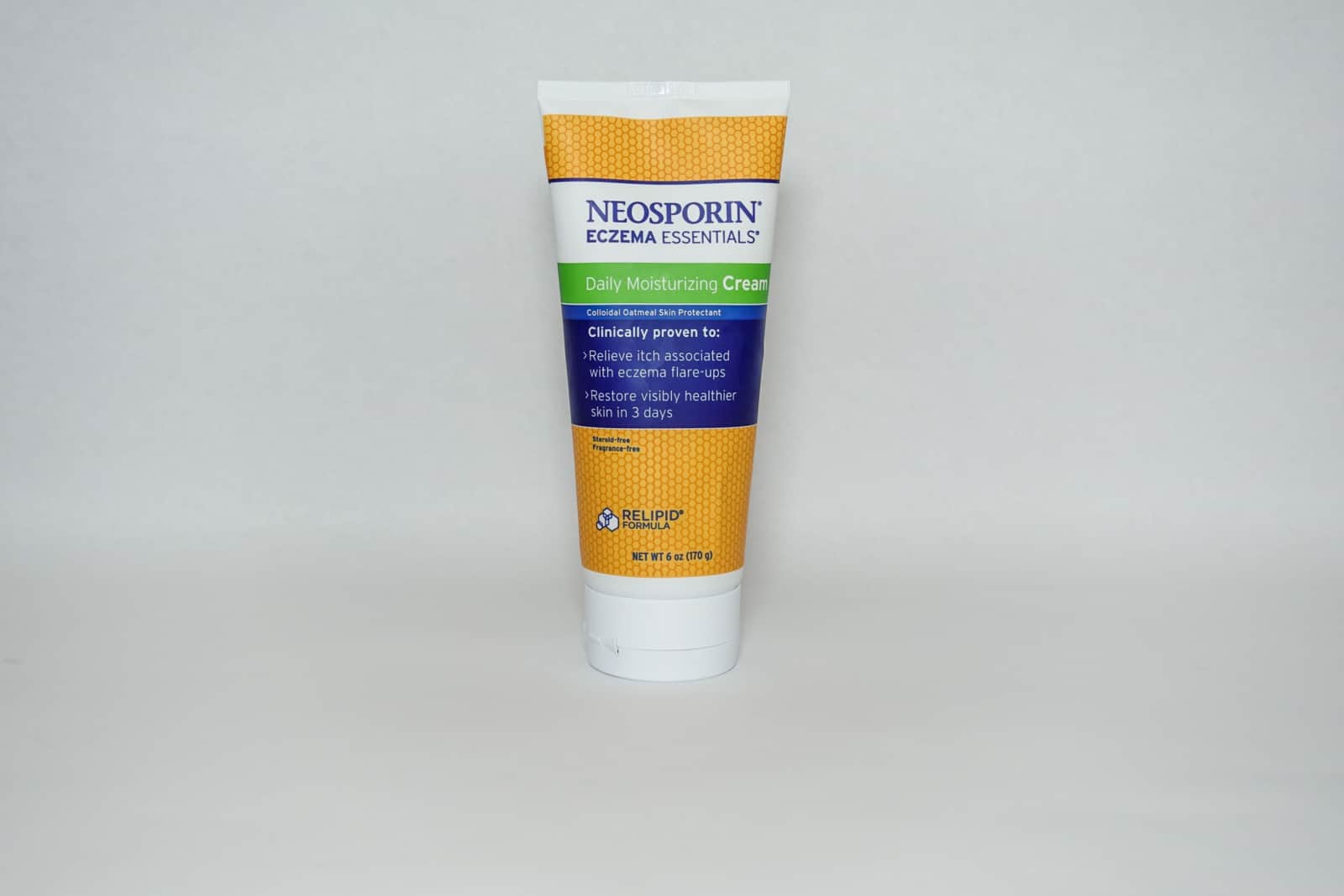
Neosporin is an antibiotic ointment used to treat minor cuts, scrapes, and burns. Aside from treating skin conditions, Neosporin is also used as an ophthalmic ointment to treat eye infections.
It is one of the most well-known and widely used products of its kind, and many people have it as a part of their home emergency kit.
Neosporin is made up of a combination of three antibiotics (therefore, it’s called a triple antibiotic ointment, which is its off-brand name):
• neomycin,
• polymyxin B, and
• bacitracin.
These antibiotics work together to kill bacteria and prevent infections.
Another active ingredient is pramoxine hydrogen chloride, a topical anesthetic that works by temporarily numbing the skin to help relieve pain and itching.
In addition to these active ingredients, Neosporin also typically contains inactive ingredients such as white petrolatum, cocoa butter, and several preservatives.
These ingredients help to moisturize and protect the skin and ensure the stability and safety of the product.
Neosporin is available over the counter and does not require a prescription.
It is not designed to be used on deep cuts, as it is not strong enough to treat these types of wounds effectively.
Deep cuts typically require stitches or other medical treatment to close the wound and prevent infection.
Giving Neosporin To A Cat Is Not Absolutely Forbidden, However…
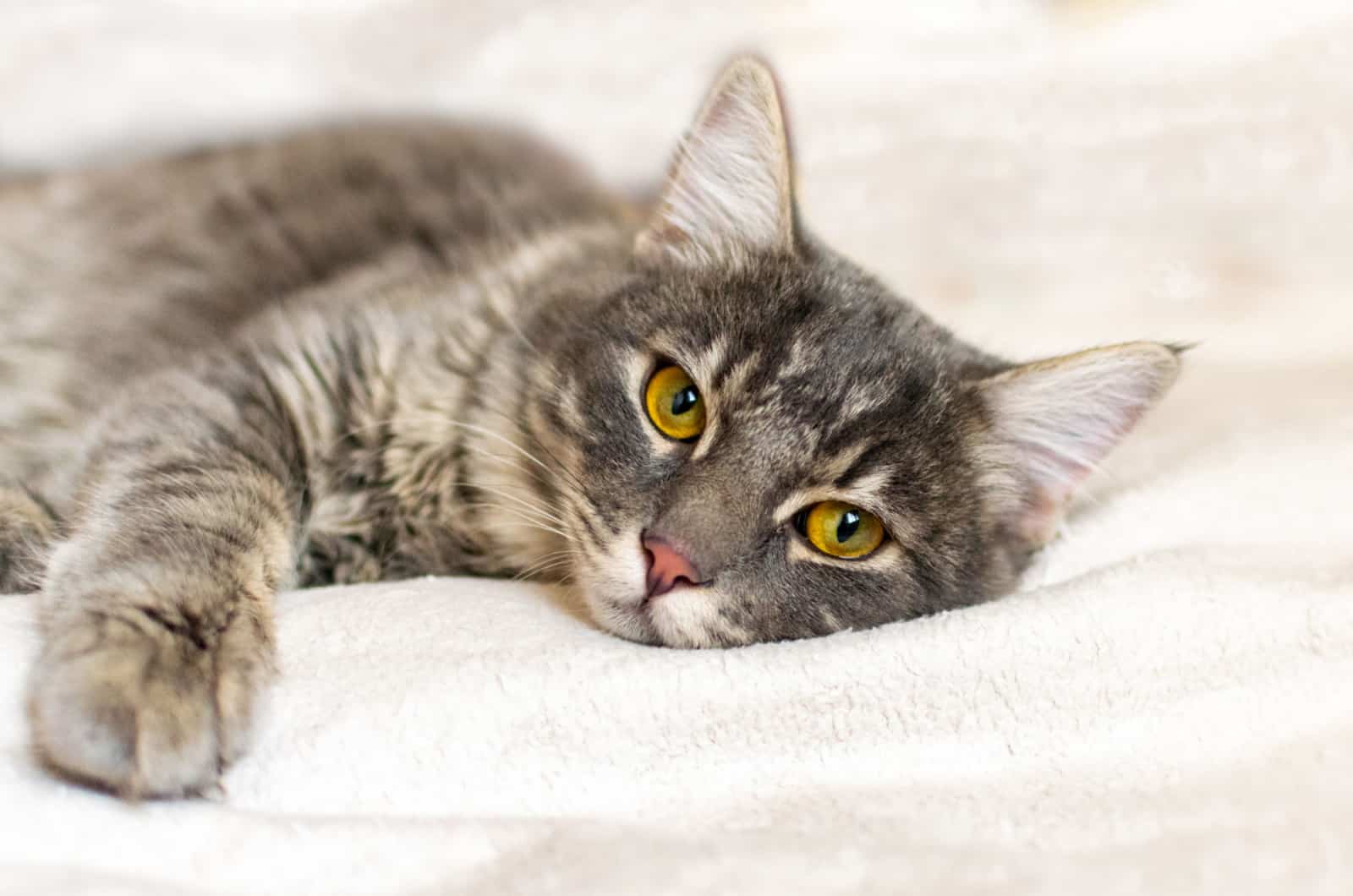
Neosporin is a topical ointment used to treat superficial cuts, abrasions, scrapes, and burns on human skin. Note the important word here – “human” skin.
It is generally not recommended to use Neosporin on animals, including cats, because Neosporin can cause a skin allergy and, if ingested, can cause several side effects.
However, it is unlikely that a cat would die from Neosporin.
When applied to an affected area, Neosporin helps to keep the wound clean and prevent bacteria from entering and causing an infection.
It also contains ingredients that help to promote healing, provide pain relief, and reduce inflammation.
However, due to the possibility of adverse side effects (which I’ll talk about shortly), cat owners should avoid applying Neosporin to their cat’s wounds.
It is always best to consult a veterinarian before using any medication on your pet.
Why Shouldn’t I Use Neosporin On My Cat?
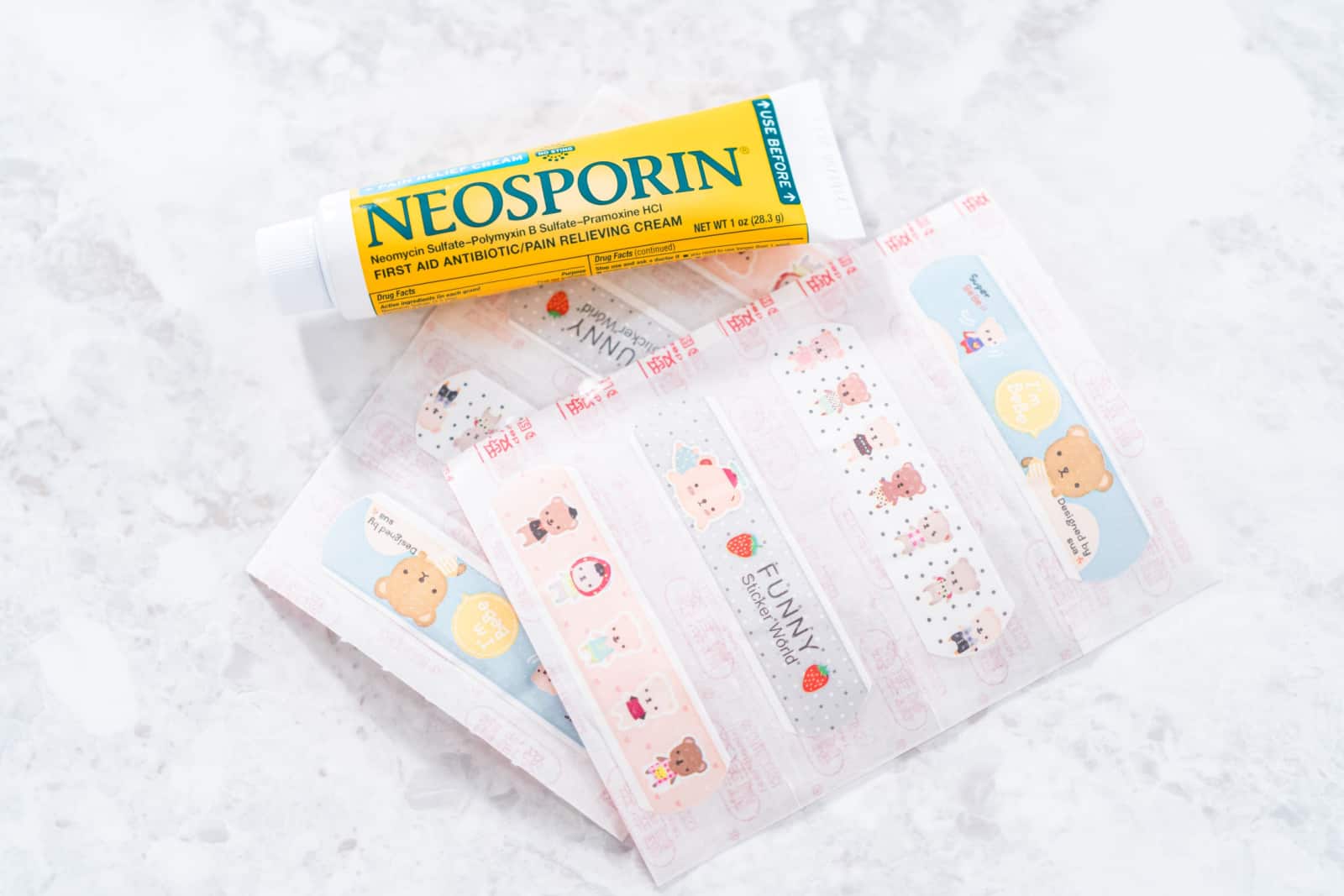
Neosporin is a medication designed for human skin for minor wounds, and it contains ingredients that can be harmful to cats if ingested or used on large areas of their skin.
Cats have unique anatomy and physiology, and a cat’s skin is much more delicate than a human’s.
Therefore, it is always best to consult with a veterinarian before using any medication on your cat, and to only use products specifically designed for cats.
Is A Neosporin Allergy Possible?
Cats can have an allergic reaction to Neosporin, but it is not common.
Symptoms of an allergic reaction to Neosporin in cats are:
• redness,
• swelling,
• itching,
• rash,
• difficulty breathing.
If your cat experiences these symptoms after contact with Neosporin, you should stop using the medication and contact your veterinarian.
What Will Happen If My Cat Licks Neosporin?
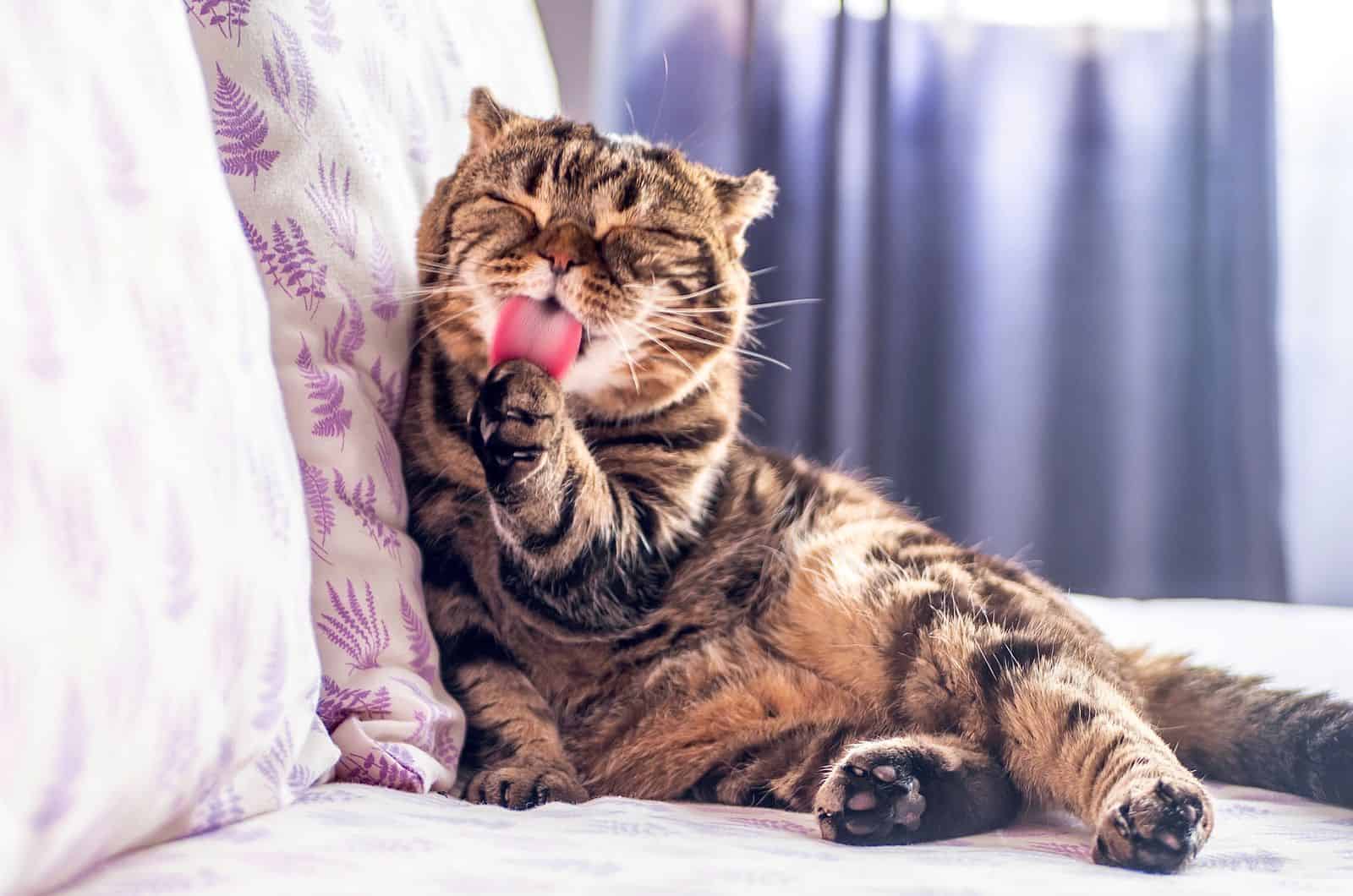
While Neosporin is generally considered safe for cats, it is not intended to be ingested.
Ingesting even small amounts of the medication could potentially lead to the following:
• an upset stomach
• vomiting
• diarrhea
• loss of appetite
• rarely, more severe health issues
Additionally, Neosporin contains antibiotics, which can disrupt the natural balance of bacteria in the gut and potentially lead to other health problems.
Why Do Cats Have A Tendency To Lick Off Medication From Their Skin?
Cats tend to lick substances applied to their fur because they groom themselves.
If a medication is applied to a cat’s fur, they may lick it off out of instinct without realizing that it could harm them.
Some cats may be curious and want to investigate the taste and texture of the medication.
Therefore, cats don’t lick off the medication because they like the taste; most medicines taste awful to them (have you ever seen a cat lick flea medication?!). Most cats lick the drug off by accident while grooming.
Trying to prevent cats from licking medication off is important, as it can potentially lead to health problems.
What Can I Use On My Cat Instead Of Neosporin?
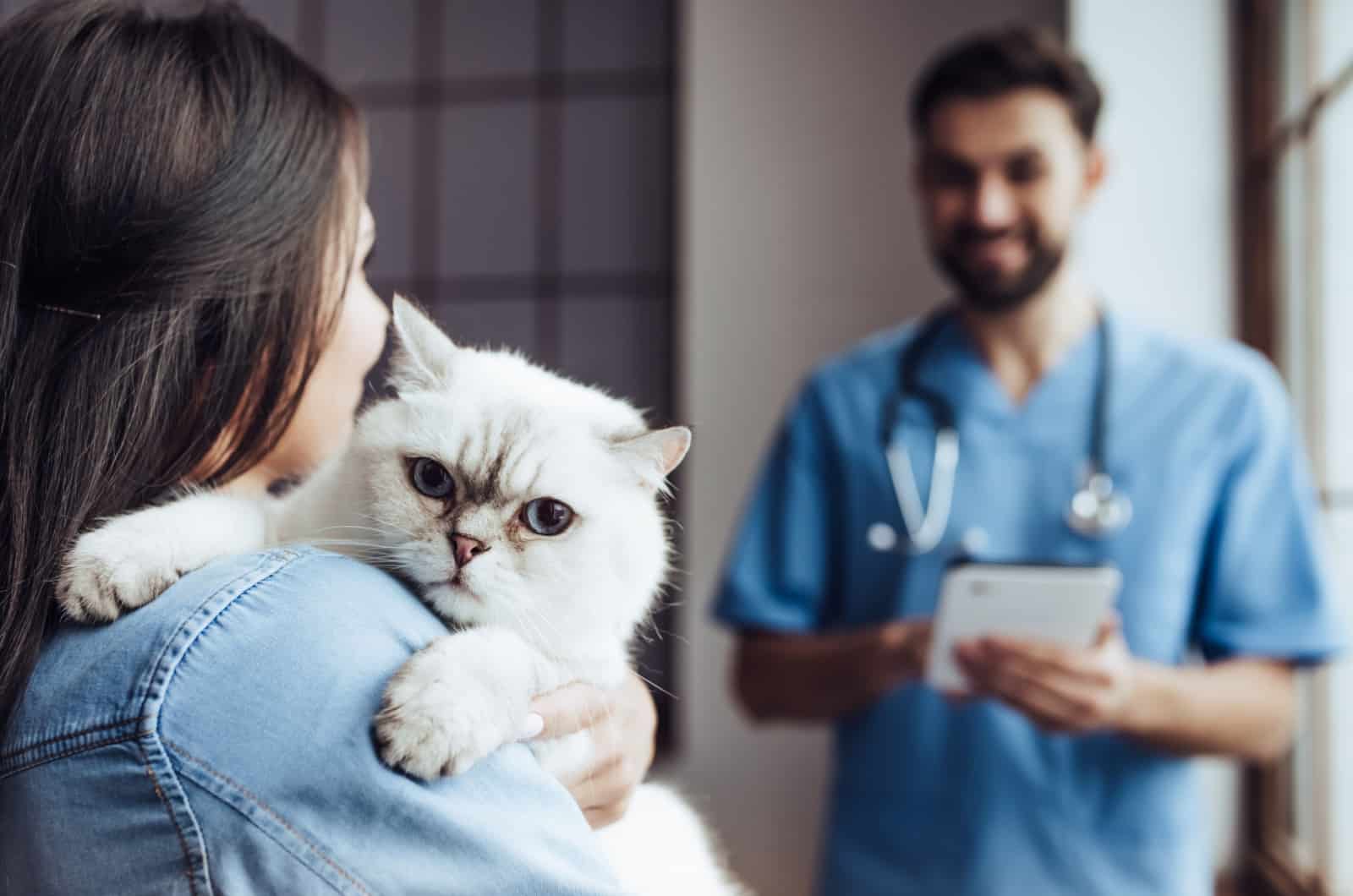
It is generally not recommended to try and treat your cat’s wounds at home.
Even minor, superficial wounds can become infected, and it is best to have a veterinarian examine and treat the wound to ensure that it heals properly.
Your veterinarian can provide the appropriate treatment, such as cleaning the wound and applying antibiotics or other medications if needed.
They can also advise how to prevent your cat from licking or scratching the wound, which can delay healing.
If your cat has a wound that is bleeding or appears deep, it is especially important to have a veterinarian examine it as soon as possible.
Which Antibiotic Ointment Is Safe For Cats?

Giving your cat antibiotics without consulting with a veterinarian is not a good idea.
Antibiotics are powerful medications that can effectively treat bacterial infections but they can also cause serious side effects if not used properly.
Additionally, antibiotics are not effective against viruses, so if your cat is not suffering from a bacterial infection, giving them antibiotics could do more harm than good.
Improper usage of antibiotics (especially human-intended antibiotics) can lead to severe allergic reactions and anaphylactic shock, which can quickly become life-threatening for the cat.
It’s always best to talk to your veterinarian before giving your cat any medications, including antibiotics.
Suggested: Deciding Whether Convenia Is Right For Your Cat: A User Guide
How Do I Clean My Cat’s Wound?
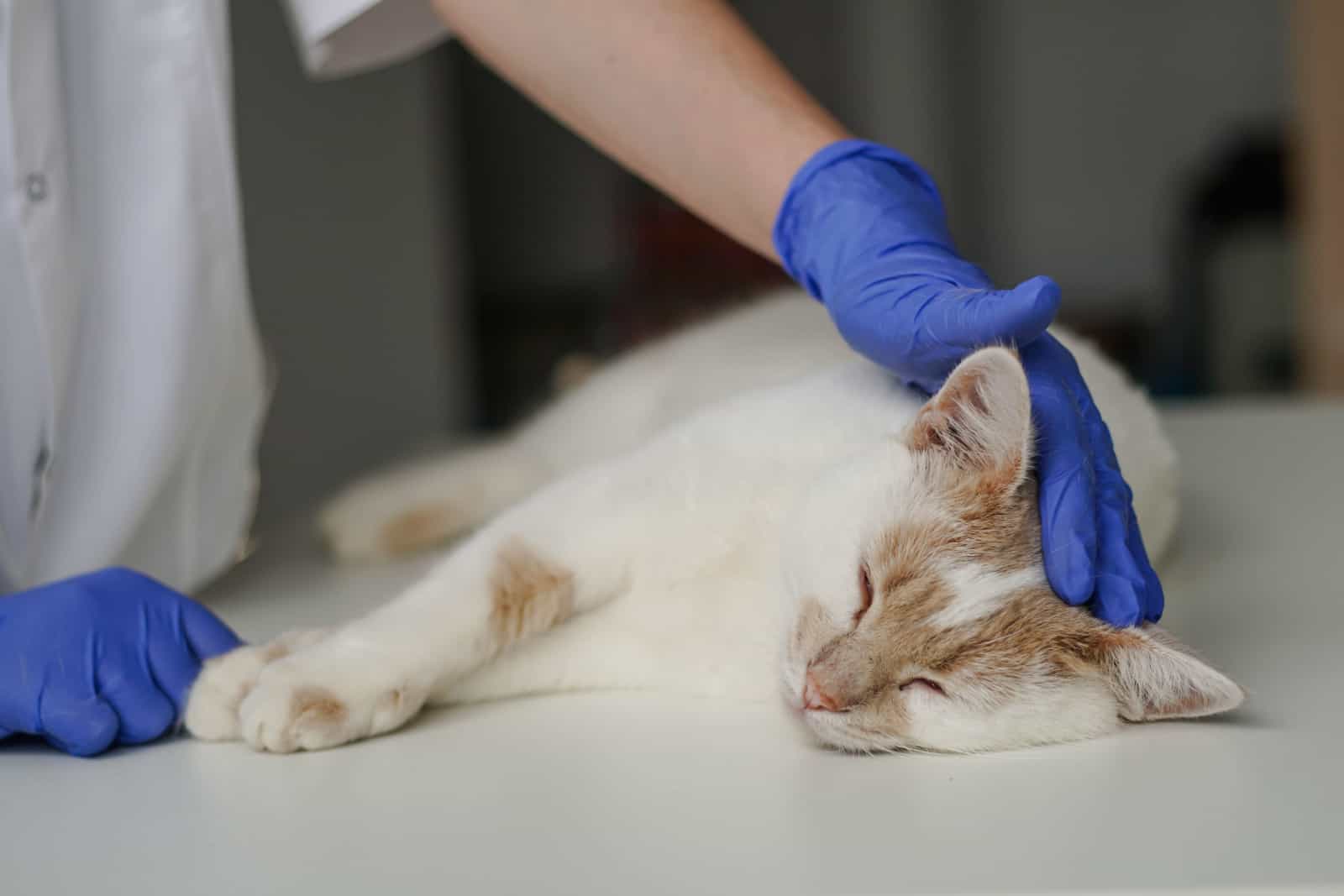
If your cat has a wound that needs cleaning, it is important first to assess the severity of the wound and consult with your veterinarian. If the wound is minor and your veterinarian has instructed you to clean it at home, follow these steps:
1. Gather the necessary supplies: these may include a sterile saline solution or a dilute antiseptic, a clean towel, and a pair of clean gloves.
2. Put on gloves to protect your hands from bacteria.
3. Wet a clean towel with sterile saline solution and gently clean the wound, being careful not to scrub or apply too much pressure.
4. Use a clean, damp towel to remove any debris from the wound.
5. Dry the area with a clean towel and apply a thin layer of a recommended wound ointment or cream.
6. Keep an eye on the wound and monitor it for signs of infection, such as redness, swelling, or discharge. Contact your veterinarian for further advice if you notice any of these signs.
It is essential never to use hydrogen peroxide or alcohol to clean a wound on your cat, as these can damage the tissue and slow down the healing process.
It is also essential that you don’t try to remove any foreign objects, such as splinters or glass, from the wound yourself; a veterinarian should remove these.
An Important Note
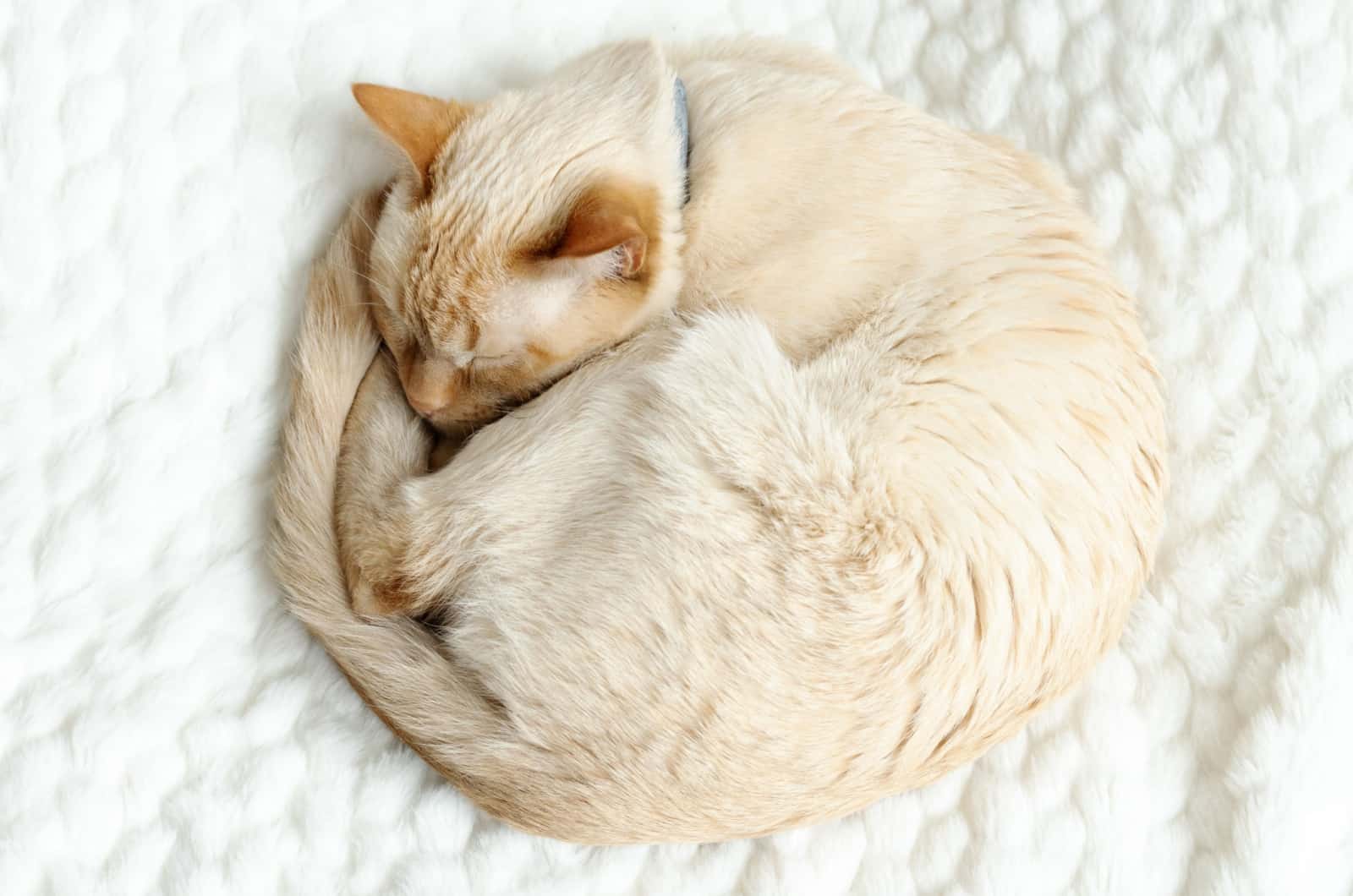
Pet owners, please know that using human medication for cats is not recommended.
Cats are sensitive to many medicines commonly used in humans; even medications considered safe for humans can have serious side effects in cats.
Additionally, the dosage of medication that is safe and effective for humans may not be the same for cats, and giving a cat the wrong dosage of drugs can be dangerous.
It is always important to ask for medical advice from a veterinarian before giving any medication to a cat and to follow the veterinarian’s instructions carefully.
The veterinarian can recommend the appropriate medication and dosage for your cat based on its medical history and current health condition.
Wrapping Up
Can you put Neosporin on a cat? You can, but it’s generally advised not to do that. Neosporin is a topical antibiotic meant for human use.
A cat can lick off the antibiotic or develop an allergic reaction; therefore, it’s best to avoid Neosporin altogether.
Although a cat will not die even if these adverse side effects arise, it’s still best to prevent your cat from the discomfort caused by skin irritation, vomiting, diarrhea, etc.
If your cat has an abscess or a wound, especially a deeper one, please seek veterinary care and follow the vet’s instructions.
Related Articles:
Is Using Miralax For Cats Safe? 10 Things You Must Know
The Benefits Of Gabapentin For Cats – Is Using It Risk-Free?


